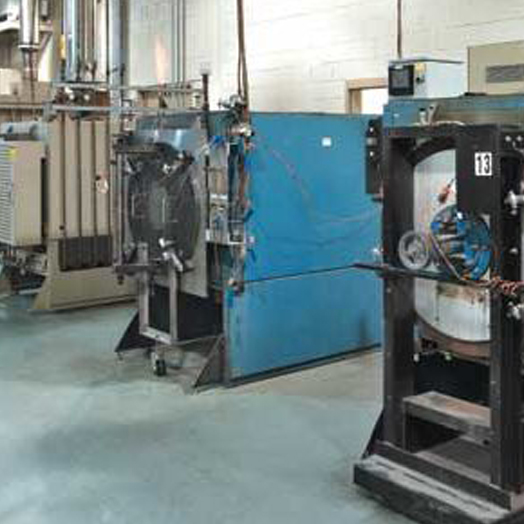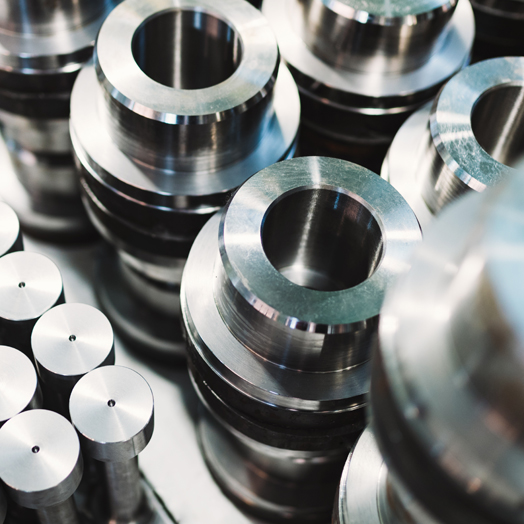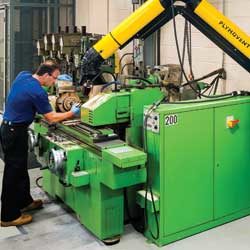Guide to High-Temperature Annealing
Thomson Lamination Company (TLC) specializes in manufacturing laminations, utilizing specialty electrical steel alloys. We stamp a broad range of heat-treated laminations for use in high-performance rotating components that include:

We have one of the industry’s most modern and sophisticated annealing facilities. With state-of-the-art equipment and expertise, TLC provides high-temperature annealing up to 2,150 °F for motor laminations. Achieving this annealing temperature specification means we produce laminations that have ideal magnetic properties and offer maximum performance in their intended applications.
TLC created this guide to offer a comprehensive description of annealing. Here you will learn when to anneal, the steps of the annealing process, common metals used, and typical applications.
When Should You Anneal?
There are many types of heat treatments used in the metal industry. Annealing is one of the most beneficial in manufacturing because of its unique ability to reduce hardness, decrease brittleness, and increase ductility.
These are several instances when annealing is applicable:

Fabrication and Manufacturing Processes:
Annealing alters the properties of the metal so that it is easier for manufacturers and fabricators to manipulate. Using annealed metal means it is less likely to weaken or fracture when pressed or bent.

Improving the Lifespan of Machining Tools:
Hard metals are notorious for causing wear to machining tools. Using annealed metals alleviates concerns about premature wear and reduces unnecessary damage to equipment. The annealing process not only improves the lifespan of machining tools but also improves the manufacturer’s ability to machine the metal.

Removing Residual Stress:
Once the original cause of stress gets removed from metal, anything remaining is known as residual stress. Annealing removes this property, preventing future processes from being affected by the long-lasting effects of residual stress.

Removing Effects of Work Hardening:
During cold forming, bending, or drawing, work hardening may occur. Annealing can reverse these issues, eliminating possible cracking and making the material easier to manage.
What Are the Steps in the Annealing Process?
Annealing is a three-step process that involves heating the material past the point of recrystallization, causing atoms to move and redistribute while eradicating dislocations in the end product. The material is then allowed to cool, recrystallizing once again as it reaches the required temperature.
The steps for annealing are:
- Recovery: An annealing furnace raises the temperature of the material, reducing all internal stresses.
- Recrystallization: Going beyond the recrystallization temperature causes the formation of new grains. There is no residual stress as long as the temperature remains below the melting point.
- Grain Growth: When the material cools at a set rate, new grains can develop, and the material becomes more formable.
High-Temperature Annealed Laminations From Thomson Lamination Company
Thomson Lamination Company is an industry expert in annealing, and we specialize in manufacturing a wide variety of heat-treated laminations using specialty electrical steel alloys.
The parts we produce serve a variety of high-performance rotating components across many industries, including but not limited to:
We are home to one of the industry’s most sophisticated NADCAP-certified annealing facilities, and our expert team can stamp a wide variety of heat-treated laminations. TLC can provide you with custom solutions to meet your business demands.
Contact us to discuss your specific requirements, or request a quote today to start working on your next project.









